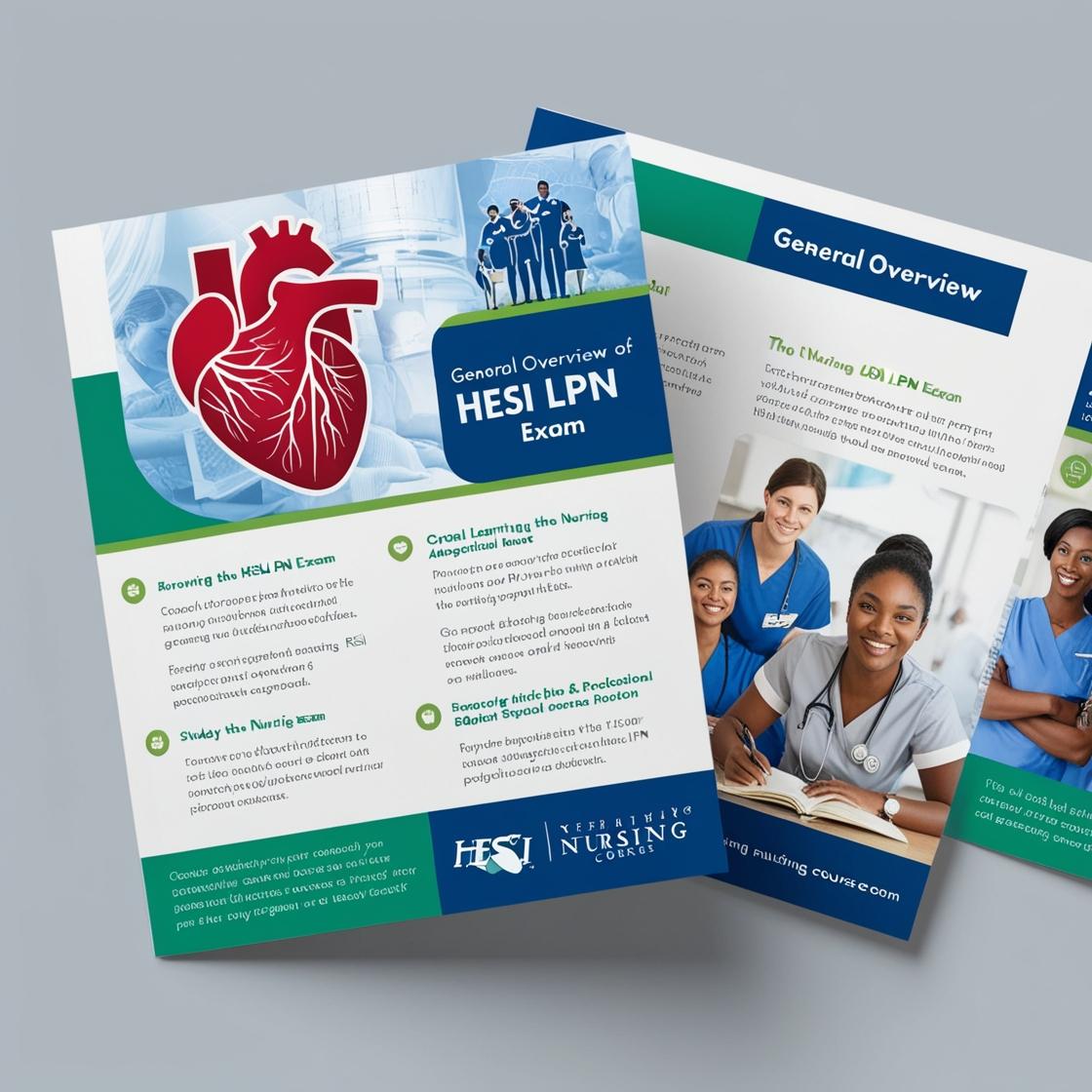HESI LPN
PN Exit Exam 2023 Quizlet
1. What is the most effective way to communicate with a patient who has expressive aphasia?
- A. Asking yes or no questions
- B. Encouraging the patient to write responses
- C. Using picture boards or communication cards
- D. Speaking slowly and clearly
Correct answer: C
Rationale: The most effective way to communicate with a patient who has expressive aphasia is by using picture boards or communication cards. These tools allow patients to convey their needs and responses more effectively when they struggle to speak. Using picture boards or communication cards (Choice C) is preferred as it provides a visual aid to support communication. Asking yes or no questions (Choice A) may limit the patient's ability to express themselves fully. Encouraging the patient to write responses (Choice B) may not be suitable if the patient also has difficulty writing due to the aphasia. While speaking slowly and clearly (Choice D) is important, it may not be sufficient to overcome the communication challenges faced by patients with expressive aphasia.
2. A client is post-operative day two from a total hip arthroplasty. The nurse notices the surgical wound is red and warm to the touch. What is the most appropriate action?
- A. Apply an ice pack to the incision site.
- B. Monitor the client's temperature.
- C. Document the findings and continue to monitor.
- D. Notify the healthcare provider.
Correct answer: D
Rationale: The correct action when a nurse notices redness and warmth at the surgical wound post total hip arthroplasty is to notify the healthcare provider. These signs may indicate an infection, and prompt evaluation by the healthcare provider is crucial to initiate appropriate treatment. Applying an ice pack (Choice A) may not address the underlying issue of a potential infection. Monitoring the client's temperature (Choice B) is important but not the priority when signs of infection are present. Documenting the findings and continuing to monitor (Choice C) is necessary but should be accompanied by notifying the healthcare provider for further assessment and intervention.
3. Prior to giving digoxin, the PN assesses that a 2-month-old infant's heart rate is 120 beats/minute. Based on this finding, what action should the PN take?
- A. Withhold the medication and notify the charge nurse
- B. Give the medication and document the heart rate
- C. Withhold the medication until the next scheduled dose
- D. Request the charge nurse to administer the medication
Correct answer: B
Rationale: A heart rate of 120 beats per minute is within the normal range for a 2-month-old infant. Therefore, it is safe to administer the digoxin and document the heart rate as part of routine care. Choice A is incorrect as withholding the medication is not necessary since the heart rate is normal. Choice C is incorrect as there is no need to delay the administration until the next scheduled dose when the heart rate is within the normal range. Choice D is incorrect as the primary nurse is not needed to administer the medication since the heart rate is normal and falls within the safe range for administration.
4. The nurse assigns a UAP to assist with the personal care of a client experiencing an acute exacerbation of multiple sclerosis. Which instruction should the nurse provide the UAP?
- A. Assist the client with a hot bath
- B. Encourage self-care but allow rest periods
- C. Face the client directly when speaking
- D. Keep the head of the bed elevated at all times
Correct answer: B
Rationale: The correct instruction for the UAP to provide when assisting a client experiencing an acute exacerbation of multiple sclerosis is to encourage self-care but allow rest periods. Clients with multiple sclerosis often experience fatigue, so promoting self-care activities while ensuring they have adequate rest periods is crucial for symptom management and maintaining independence. Choice A is incorrect as hot baths can potentially exacerbate symptoms in clients with multiple sclerosis. Choice C is unrelated to the client's care needs during an acute exacerbation of multiple sclerosis. Choice D is not a priority instruction in this situation and may not directly impact the client's immediate care needs.
5. The nurse is providing care for a client with type 1 diabetes mellitus who is receiving NPH insulin. The nurse notices that the client's evening glucose levels are consistently above 260 mg/dl. What does this indicate?
- A. States that her feet are constantly cold and feel numb
- B. A wound on the ankle that starts to drain and becomes painful
- C. Consecutive evening serum glucose greater than 260 mg/dl
- D. Reports nausea in the morning but still able to eat breakfast
Correct answer: C
Rationale: High evening glucose levels suggest that the current insulin dosage may be inadequate to control the client's blood sugar levels effectively. This indicates poor glycemic control and the need for a possible adjustment in the insulin regimen. Option A describes symptoms of peripheral neuropathy, which are not directly related to the elevated glucose levels but may be a long-term complication of diabetes. Option B describes a wound infection, which is not directly related to the client's high glucose levels. Option D mentions morning nausea, which could be due to various causes and is not directly related to the high evening glucose levels.
Similar Questions

Access More Features
HESI LPN Basic
$69.99/ 30 days
- 50,000 Questions with answers
- All HESI courses Coverage
- 30 days access @ $69.99
HESI LPN Premium
$149.99/ 90 days
- 50,000 Questions with answers
- All HESI courses Coverage
- 30 days access @ $149.99
